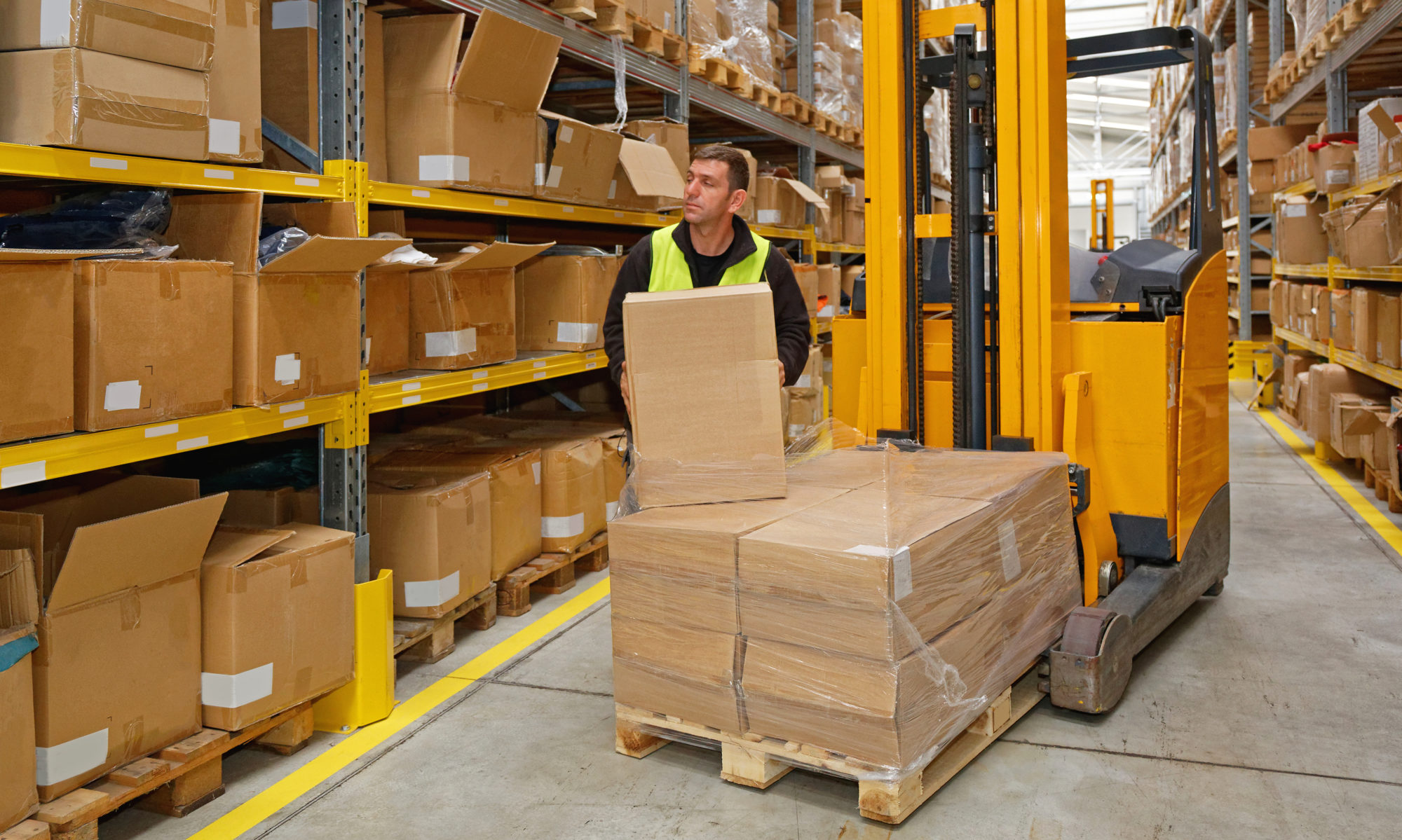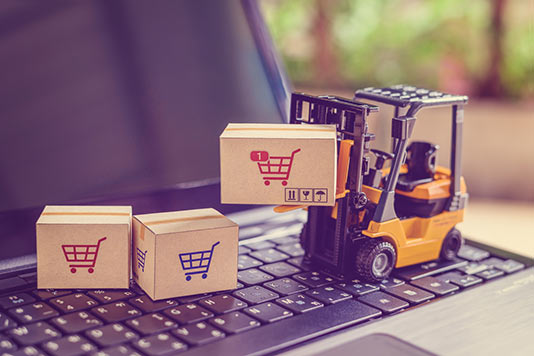eCommerce has revolutionized the way consumers shop, but it’s been an even bigger change for retailers. After decades of operating within a conventional sales model, B2B fulfillment centers are having a tough time adapting. Here’s a look at why a B2C fulfillment warehouse is better equipped to handle the needs of the contemporary marketplace.
B2B Fulfillment Centers vs. B2C Fulfillment Centers
- Staffing Requirements
When shipping to retailers, B2B fulfillment centers process bulk quantities. An entire pallet can consist of a single SKU that can be picked in one spot at one time. In contrast, a B2C fulfillment center works with smaller individual orders, where pickers may need to handle hundreds of units that are stored from one end of the warehouse to another.
Top B2C fulfillment centers understand that accurate forecasting is the key to proper staffing. They will work with retail partners to determine projections based on seasonality and other factors, then plan labor needs accordingly.
- Streamlined Process
Working with smaller orders also increases the possibility of errors, while at the same time magnifying their effect. If a B2B fulfillment center ships the wrong product to a retailer, they can refuse the item or even decide to keep it. When a consumer receives the wrong order, the retailer must make good on it, whether through a refund or replacement, which is inconvenient for both sides.
B2C fulfillment involves more detailed and repetitive tasks that require consistency and accuracy. Many B2C fulfillment centers are using robots and other high-tech tools to automate certain steps. Regardless of how the tasks are being accomplished, they call for a higher level of quality checks and documentation than might be found in a B2B fulfillment warehouse.
- Quick Delivery
When receiving shipments, traditional vendors rely on the predictability of set schedules. Vendor A has a 21-day lead time with a 50-pallet minimum, and so on. This allows them to plan their inventory around a specific set of conditions.
On the other hand, eCommerce retailers are working with orders directly from consumers. Each one is different, and customers are conditioned to expect rapid delivery in two days or less. B2C fulfillment centers cannot afford to work with long lead times, so they need to have inventory at the ready in close proximity to the seller’s customers.
- Customization
Orders processed by B2B fulfillment centers tend to be basic, revolving around a limited number of individual items. B2C fulfillment centers are often dealing with more complex orders that involve smaller quantities of products in different configurations. For example, an eCommerce vendor may sell pre-packaged assortments or “kits” built around a theme or purpose.
When orders follow a predictable pattern, it is easy to set a structure for filling them, but equally easy for that structure to be disrupted by the slightest deviation. B2C fulfillment centers use batching, inventory control and other methods to create a system that is flexible enough to accommodate a wide range of orders and efficient enough to process them accurately.
- Ability to Scale
If you are an eCommerce retailer, you have to look further down the road than today’s orders. You have an eye toward future growth, with a detailed plan at what the next three to five years will look like in service of that growth. Partnering with a B2C fulfillment warehouse that understands and supports this process will be invaluable.
Your #1 Choice for a B2C Fulfillment Warehouse
Let Medallion Fulfillment & Logistics be a part of your present and future. Contact us to learn more about our B2C solutions, including our Amazon replenishment warehousing service.

